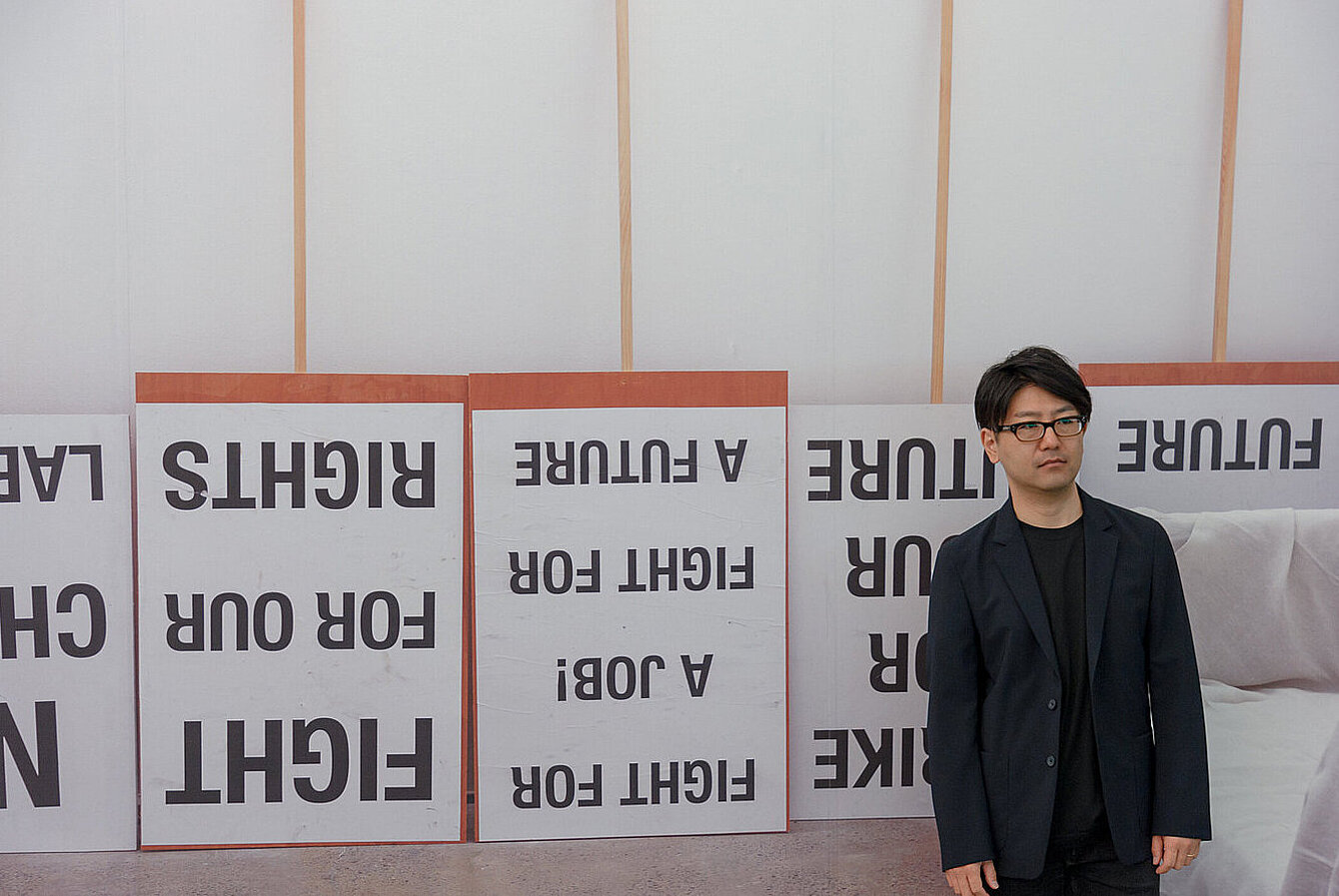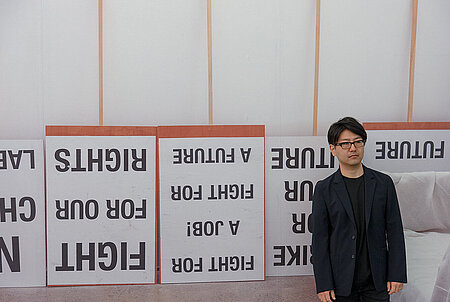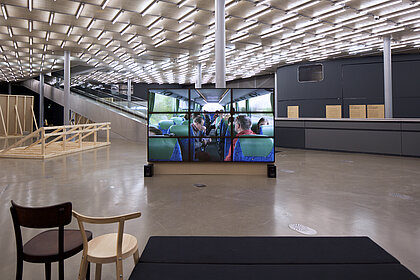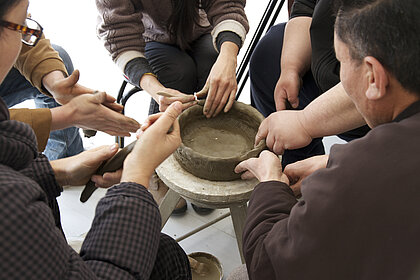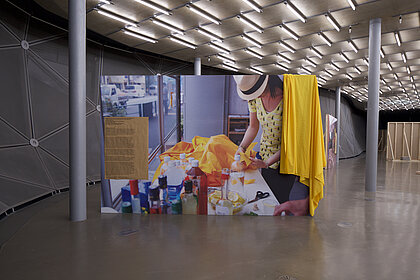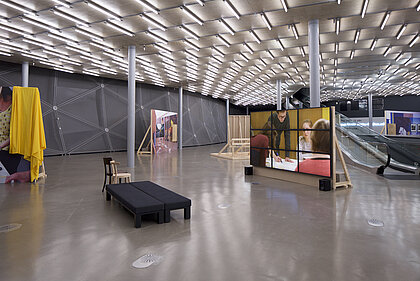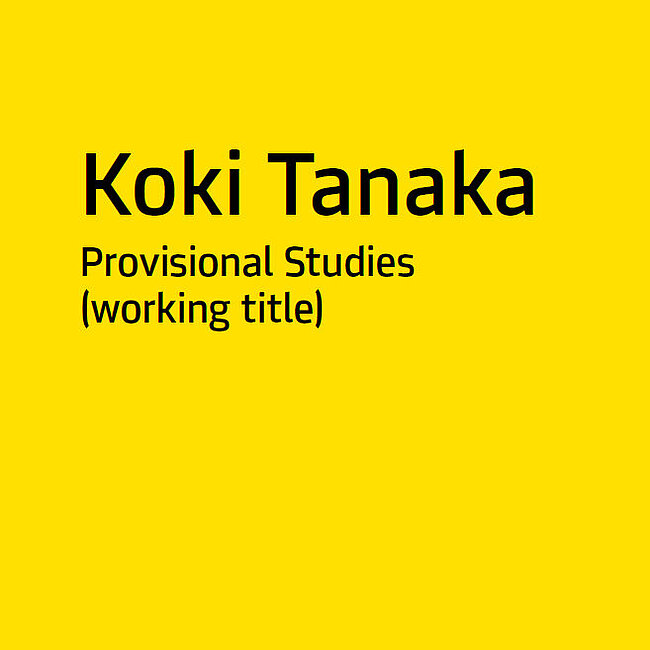Can you compose a sound track jointly and have five people play it on one piano? Can seven people write a protest song together? The Japanese artist Koki Tanaka creates situations—or you could call them ‘experimental set-ups’—that invite people to try out tasks that seem impossible. His works often revolve around the question: what and how can we achieve together?
In Tanaka’s first solo exhibition in Austria, the Kunsthaus Graz will show projects that involve collectivity and the potential for joint action. These include a new film work whose starting-point is the protest against the startup of the Zwentendorf Nuclear Power Plant in the late 1970s. Tanaka’s interest is also very much to do with the major earthquake and Fukushima disaster of 2011, as well as the resulting collective actions that took place in Japan, including silent protests, against nuclear energy.
A feature shared by all of the projects is that participants have to be open to exchange, develop a sense of community and creativity and at the same time explore new rules of negotiation and collaboration. Apart from his interest in collective forms of protest, Koki Tanaka’s focus lies on recollection, the identity-building function of shared events burned into the memory and their actualisation for the present day.




















